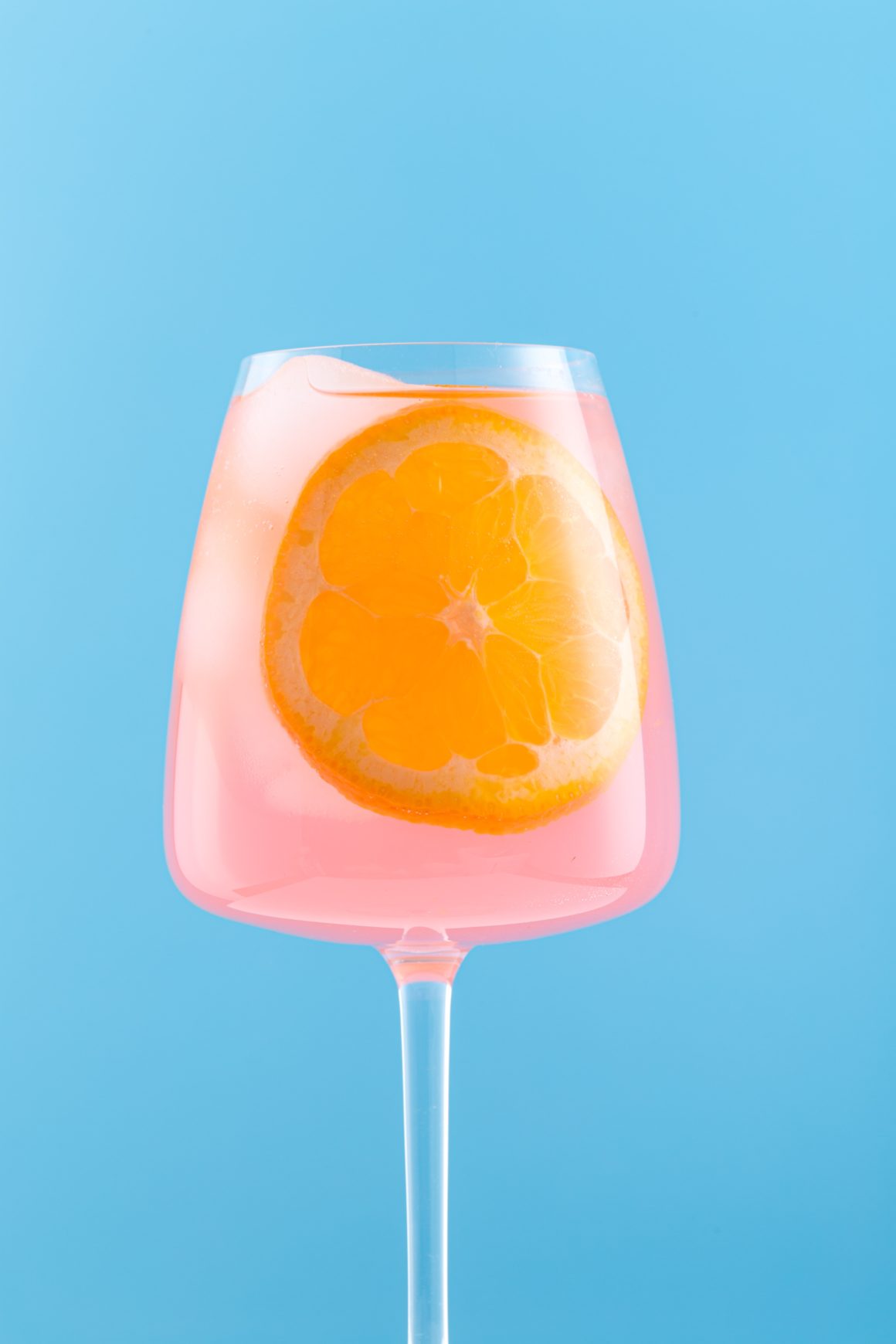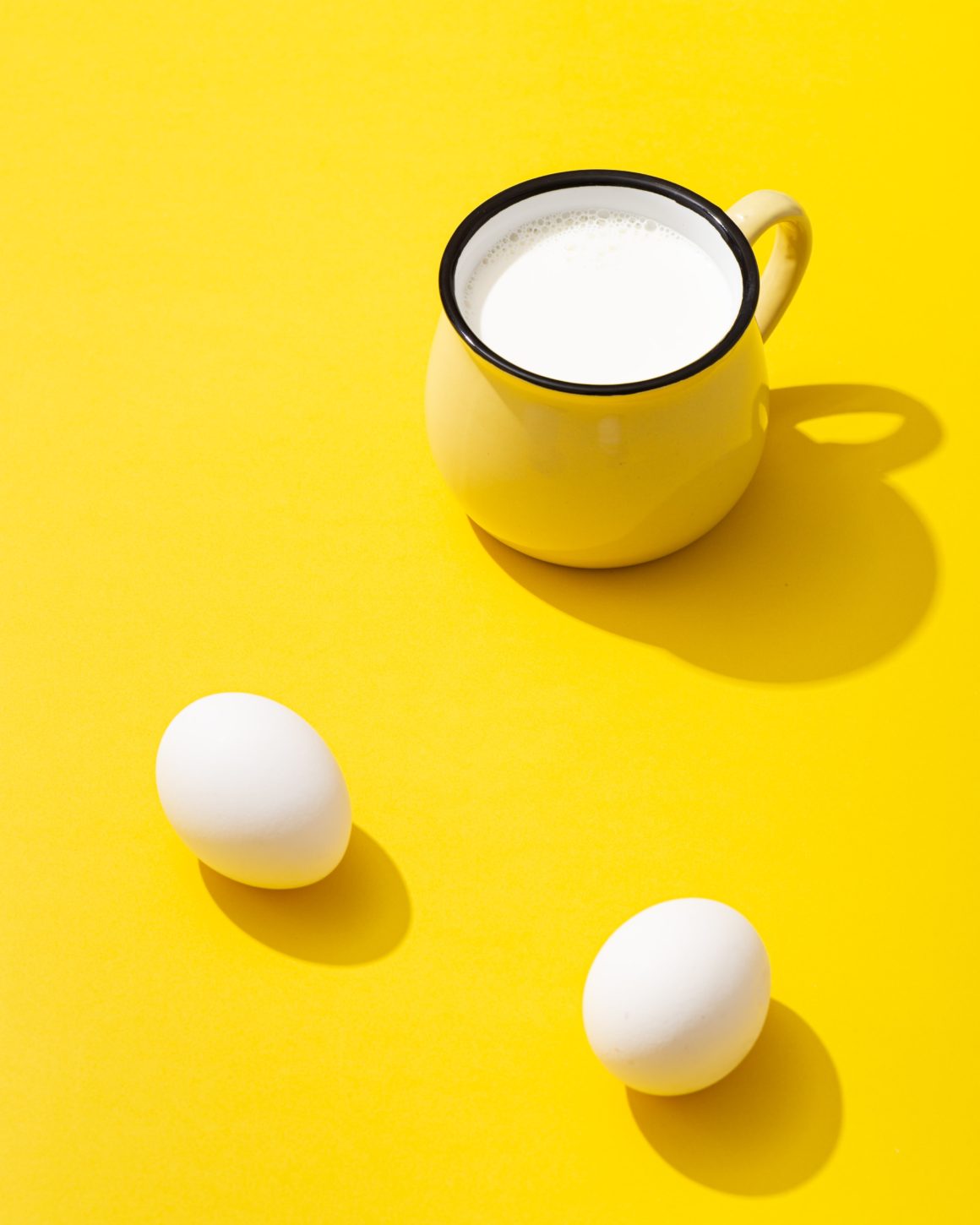Colours can evoke a variety of emotions. A good example of this is the rainbow, a symbol of hope during the Covid-19 pandemic and of pride in the LGBTQ community. The rainbow has a multitude of colours and reminds us of happier times. It also recalls our childhood. There was something magical about seeing a rainbow in the sky after it rained. Our emotional response to colour is very individual but certain colours just make us feel good.

According to Marie-Chantal Milette, a colour and branding expert in Canada, colours can affect our moods. Warm hues, such as red, orange and yellow, can stimulate the appetite, whereas green can lower blood pressure, and violet can help us connect with our spiritual side.
Warm hues are associated with action and energy, while cool tones bring to mind peace and serenity. Pastels have a relaxing effect.

Take pale pink and baby blue, for example. Pink evokes feelings of calm and innocence. Blue is associated with focus and peace. Put the two together and you have a lovely, calming balance. Orange, however, is a happy colour that is energetic and warm. It demands attention and is often associated with creativity. Yet, combine orange with green, and it evokes a sense of the tropics and nature, which is soothing.

Bright yellow has a high-octane vibe that encourages activity, which is why many gyms use it in their studios. It is definitely not suitable for those who already have a lot of energy. However, if you’re feeling lethargic, it might be just the ticket to get you off the sofa! Yellow was often used for kitchens in the 1950s as it also promotes hunger.

Most people are generally attracted to either cool or warm colours. However, sometimes you may find yourself attracted to a particular colour that may suggest a need for action or calmness, creativity or focus. Pay attention to your emotions and you’ll find the colours that you need. As a general rule, do avoid such bright colours as red and yellow in a bedroom as they are too “yang” (active) and sleep requires “yin” (inactive) energy. Common areas such as family rooms and game rooms can have more colour to promote activity. But a little goes a long way: use intense colours on such accessories as paintings versus painting an entire wall. •








